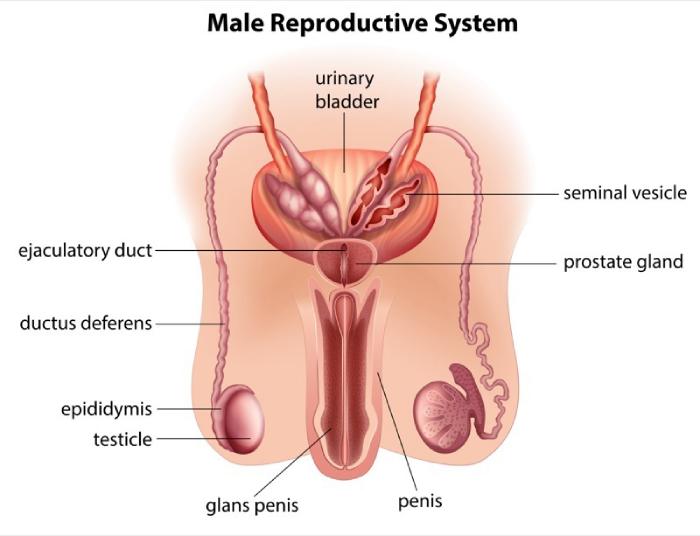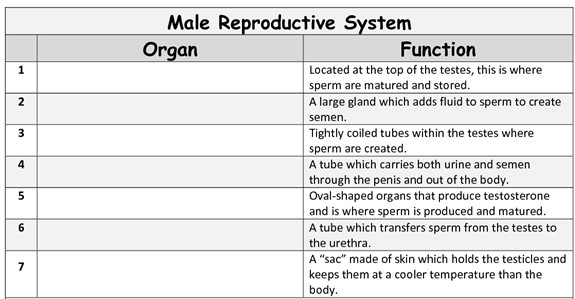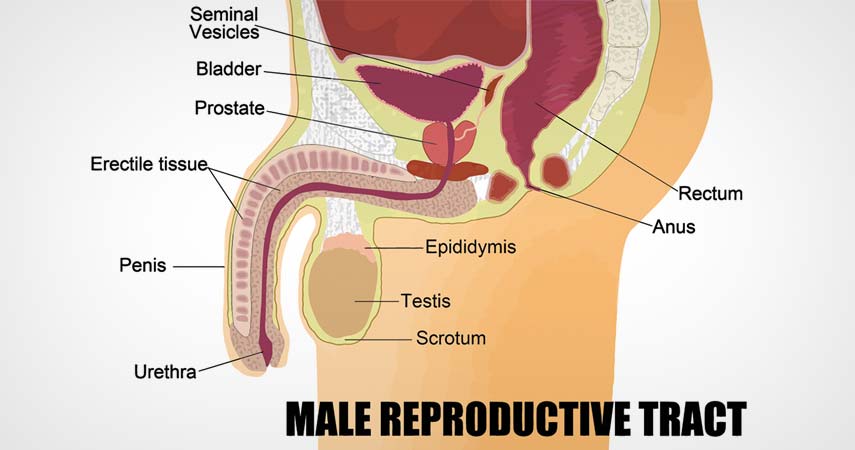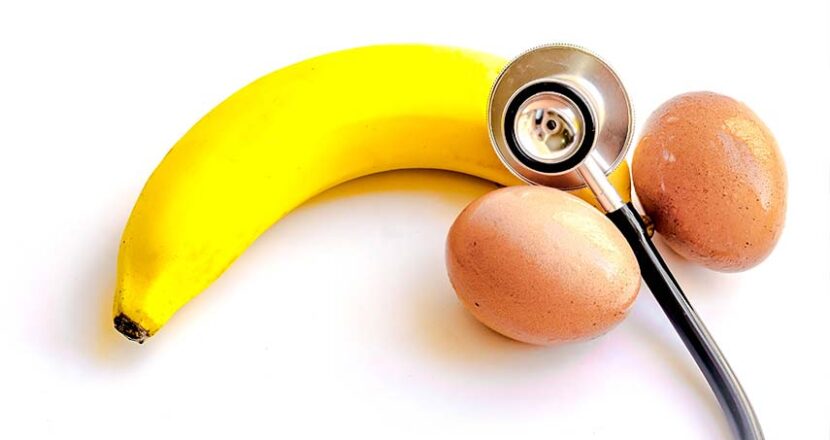An overview of male reproductive organs
It’s crucial to have some basic awareness of sex and reproductive organs of human beings. However, many people are still hesitant to talk about the issues associated with sex and sexual organs.
The study[1] has shown that the sex education has been emphasized a lot by the United States government recently, but there are still many people who are not knowledgeable about the basic things related to sex and reproductive organs.
The male reproductive system generally consists of organs that are important for:
- Producing, transporting, and maintaining sperm and semen
- Discharging sperm
- Production and secretion of male sex hormones
The male reproductive anatomy can be categorized into internal and external male reproductive structures. Before we move onto understanding the various male reproductive organs, we will discuss how the male reproductive system operates.
How Does the Male Reproductive System Operate?
The overall male reproductive system relies on hormones. The hormones are the chemicals that play a crucial role in stimulating and regulating the activities of organs or cells.
The major hormones that assist in the operation of the entire male reproductive system are testosterone, luteinizing hormone (LH), and the last one is follicle-stimulating hormone (FSH).
The pituitary gland is responsible for the production of LH and FSH hormones. FH assists in sperm production and LH assists in testosterone production. These hormones work together for continuing the process called spermatogenesis.
Talking about the hormone, testosterone, this hormone is crucial for the development of bone mass, male characteristics, muscle mass, and sex drive.
Internal Organs That are Associated With the Male Reproductive System

Let’s get to the meat of the thing now. Here are the internal organs that are associated with the male reproductive organs.
- a.Vas Deferns: Vas Deferns are the ducts that are responsible for transporting sperm via testicles to the urethra.
- b.Ejaculatory Ducts: The ejaculatory ducts are formed when the seminal vesicle’s duct is combined with the vas deferns.
- c.Urethra: Urethra is a tube, which is a connector between the urinary bladder to the urinary meatus.
- d.Seminal Vesicles: The seminal vesicles are also known as seminal glands. These are the pair of glands that are responsible for the production of a fructose. The fructose is a sugar-rich fluid that helps in the generation of energy in sperms and assists in sperm motility.
- e.Prostate Glands: The prostate glands are the glands that are found around the neck of the bladder in male mammals. These glands are responsible for the release of a fluid component of semen.
- f.Bulbourethral Gland: The final internal organ that is associated with the male reproductive system is the bulbourethral gland. These glands are also known as Cowper’s glands.
These glands are responsible for the production of a slippery fluid. The fluid that is produced by these glands is directly emptied into the urethra.

External Male Reproductive Organs
After the completion of the discussion of the internal male reproductive organs, let’s discuss the external male reproductive organs. The understanding of the internal and external male reproductive organs means the understanding of the male anatomy.
Without further ado, let’s discuss the external male reproductive organs. The external male reproductive organs consist of:
- Penis
- Scrotum
- Testicles
- Epididymis
We will discuss these organs in detail in this section of this article:
1. Penis
The penis is the major male reproductive organ that is responsible for sexual intercourse. There are three parts of the penis, and they are the root, the body, and the glans. The head of the penis is called the glans, and the glans is covered with the loose foreskin. There are people who remove this loose foreskin, and the process of removal is known as a circumcision.
The transport of the semen and urine takes place at the tip of this part of the penis. The body of the penis is in a cylindrical shape. The body consists of the three internal chambers. The chambers in the body are filled with erectile tissues. These tissues are filled with blood when a man is sexually aroused. The sperm during the climax is transported via the end of the penis.
2. Scrotum
The second external male reproductive organ is the scrotum. It is a loose pouch-like sac that hangs below the penis. The scrotum also contains the testicles. The scrotum plays the role of the protective organ. It protects the testes and controls the temperature of the testes, similar to the climate control system.
In order for the sperm to develop, the temperature of the testes must be a little bit cooler than the normal body temperature, and this is exactly what the scrotum does.
3. Testicles

The testicles are oval in shape and these organs are found in the scrotum. Most of the men usually have two testicles, and these organs have the function to produce the testosterone, which is one of the most important male sexual hormones.
The seminiferous tubules are found within the testicles. These organs have the role to produce the sperm cells via a process known as spermatogenesis.
4. Epididymis
The final male external reproductive organ is the epididymis. The organ is found on the backside of the testicles. It carries the sperm cells that are produced in the testes. Furthermore, this organ is also responsible for bringing the sperm to maturity. When the sperm is produced, they are immature, which make them incapable of fertilization.
Read Next: What needs to be changed for Good Sexual & Reproductive Health?
Final Thoughts
The male anatomy must not only be understood by the male population, but it’s also equally important for the female population to understand their partner. According to the study[2], 6 out of 10 couples are not satisfied with their relationships, and one of the biggest reasons behind it is an unsatisfying sex life.
Understanding each other’s reproductive system can significantly improve your ability to satisfy your partner. Along with understanding each others system, you can also take the help of some male enhancement supplement such as Erecta to get more satisfaction in your sex life. And, a satisfying sexual intercourse means higher sexual frequency. I hope this article has helped you understand the complete male anatomy.
Feature Image: Shutterstock.com
In Post Image: shutterstock.com,pinterest.co.uk









 This article changed my life!
This article changed my life! This article was informative.
This article was informative. I have a medical question.
I have a medical question.
 This article contains incorrect information.
This article contains incorrect information. This article doesn’t have the information I’m looking for.
This article doesn’t have the information I’m looking for.